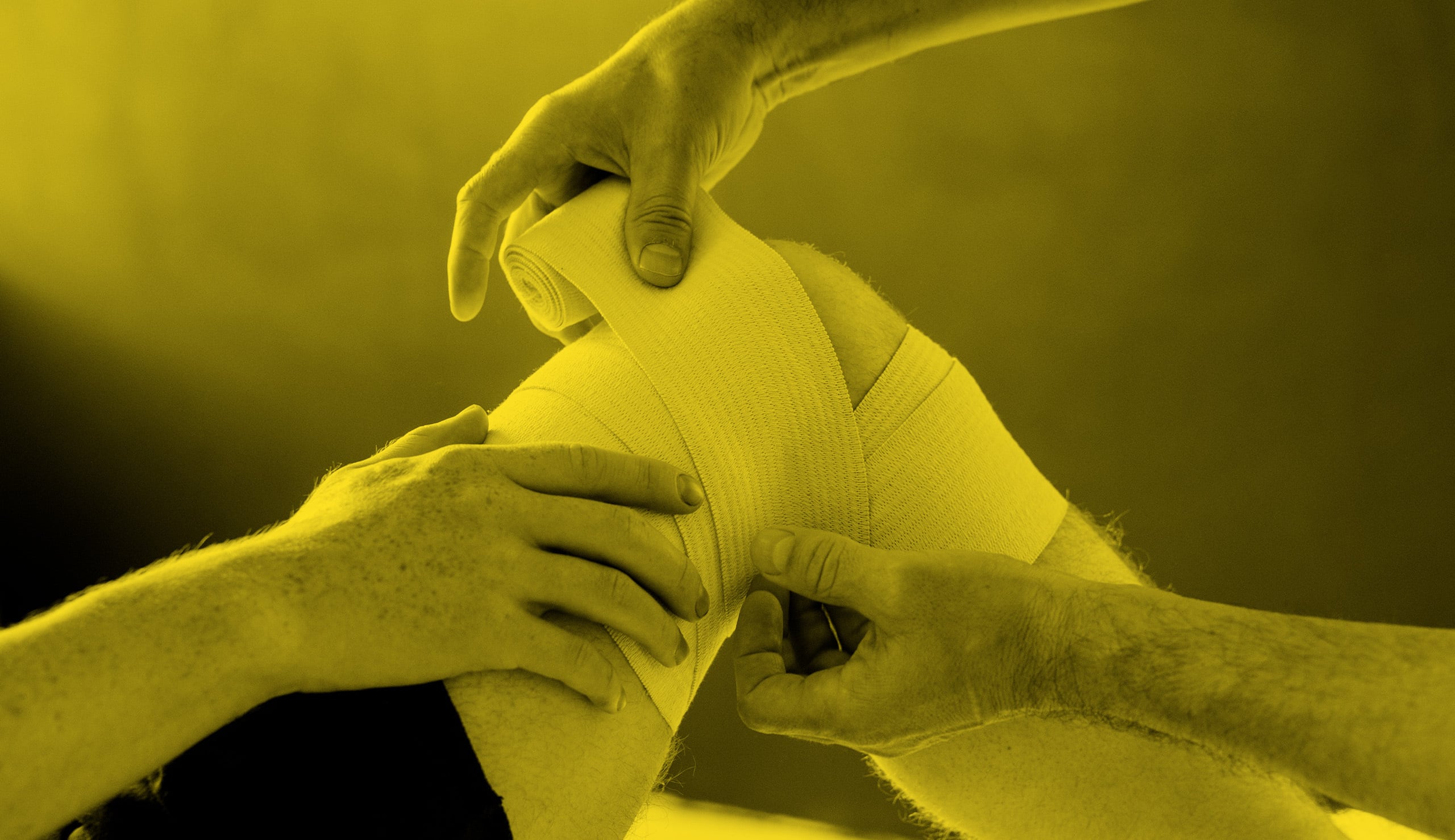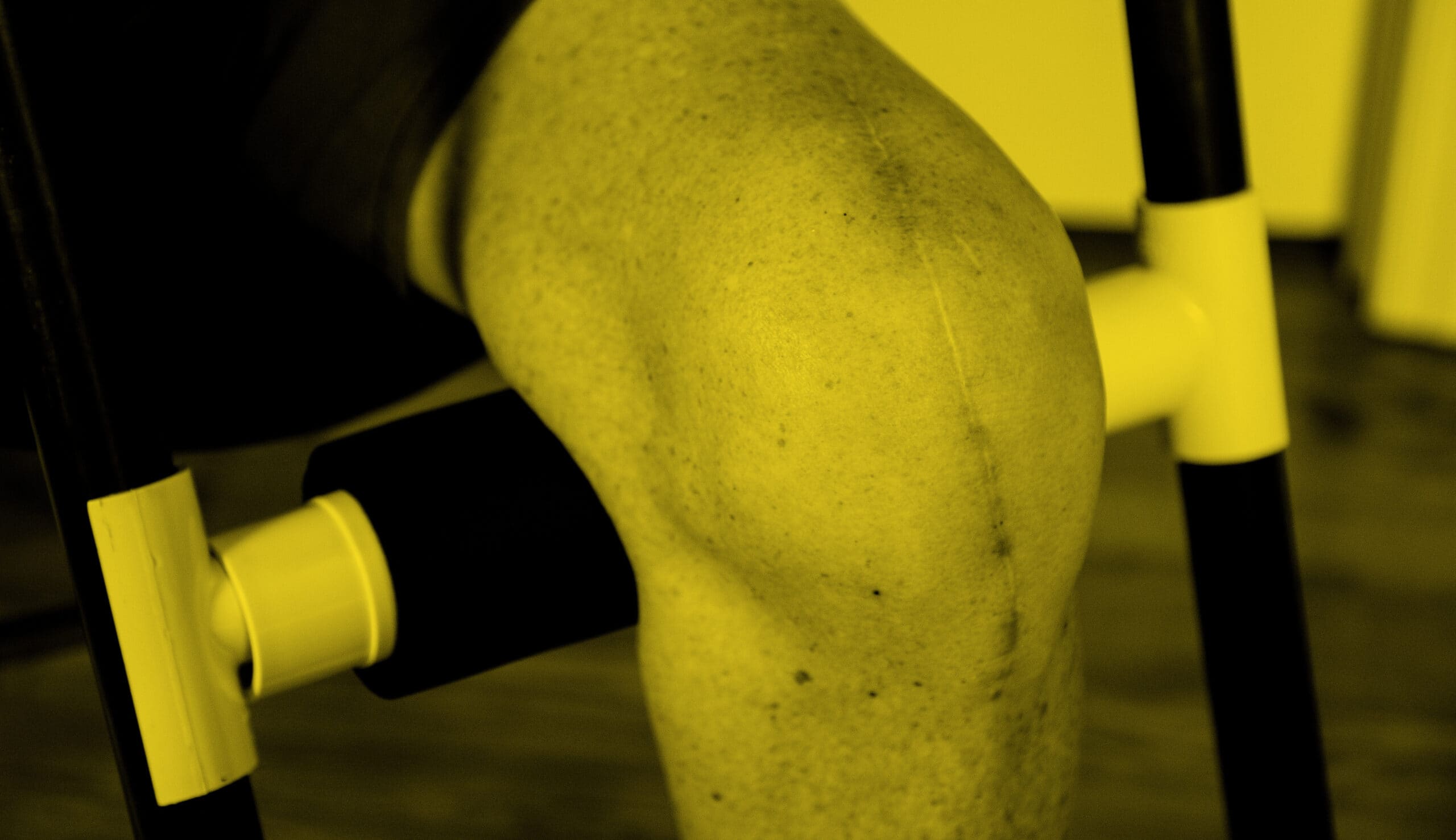
The #1 Reason Knee Replacement Patients Struggle After Surgery (It’s Not What You Think)
Finally, here is the ONE thing you MUST know for a faster recovery after knee replacement surgery and I guarantee it’s your first time hearing of it.
Physical Therapist Shehla Rooney and Creator of GoKnee explains how chronic knee pain conditions your brain into a “protection mode” that doesn’t turn off just because you had surgery. Watch to discover the key to “retraining” your brain so it allows for faster healing and recovery.




